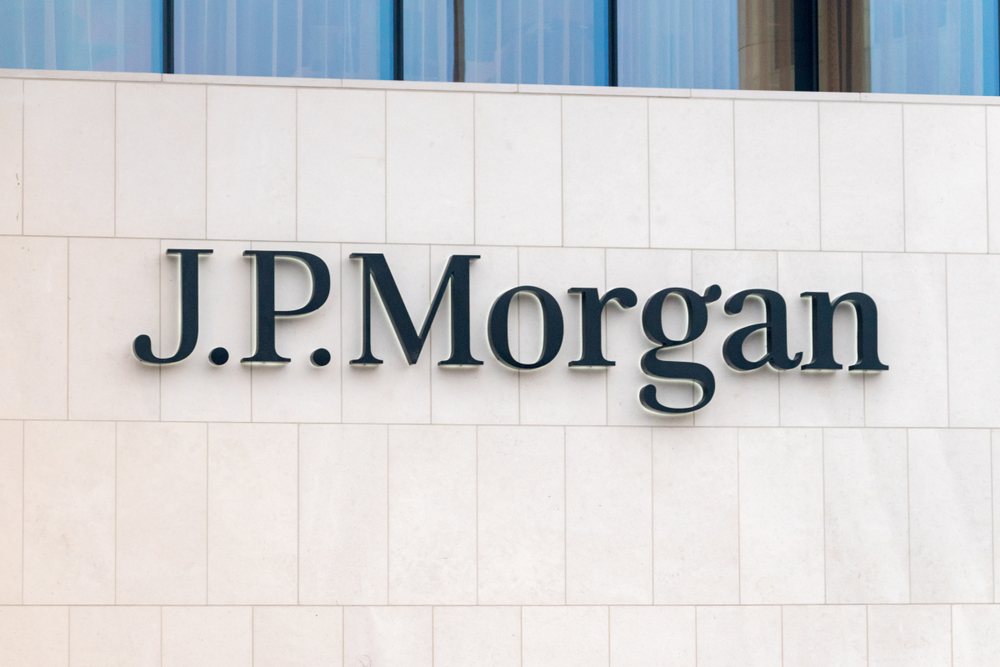The historical value of USD/JPY is reinforced by the strengthening dollar since earlier this month. Despite Fed Governor Christopher Waller's comments at Wednesday's press conference about a possible interest rate cuts hold off, which tempered investors' expectations, there is still optimism in the market about the June deadline. This move, which could result in government bond yields decrease outside Japan, should help to strengthen the yen. Following their meeting on Wednesday, the Japanese monetary officials signalled a willingness to intervene if necessary and could therefore consider monetary or other measures to stabilise the currency. Such words were last spoken in 2022, when Japan intervened three times in the currency market to prevent the yen from further decline.
The Japanese yen stabilized after the losses and the USD/JPY currency pair settled near its 34-year high ahead of the expected US inflation data and another possible step in US central bank’s monetary policy. Boarder Asian currencies along with the Indian rupee also lost ground during the week as traders bet big on the dollar, which right now is their “safe haven”. Other Asian currencies have remained stable as the People's Bank of China, for example, intervened to strengthen the yuan by setting a stronger than expected midpoint.
In the middle of the month, the BoJ ended an 8-year period of negative interest rates, which was part of its unorthodox monetary policy, and focused on short-term interest rates. The target rate was set between 0% to 0.1% range, with the 0.1% interest rate expected to apply mainly to central bank deposits. The decision marks the first rate hike in 17 years which followed the rise in inflation rate after months of sharp decline. It signals a move away from a monetary policy that was intended to stimulate economic growth through cheap borrowing.
Japan's negative interest rates stem from the central bank's efforts to fight deflation and stimulate consumer price growth. Although this policy has shown some results in the form of an improved economy, the weakened yen is encouraging Japanese firms to sell more overseas, which may result in imported goods being more expensive for households and cause prices and inflation to rise.
The Easter holidays in many markets contributed to uncertainty, which favoured the yen as investors may have been hesitant to hold short positions. Analysts at both Citi and UBS see limited potential for more USD/JPY gains, with factors such as rising Japanese government bond yields and a Fed rate cut playing into this, which may in turn weaken the dollar. The prevailing assumption is that this currency pair will trend downwards mainly in the second half of the year.

Source: Investing.com*
* Past performance is no guarantee of future results
Sources:
https://www.investing.com/news/economy/dollar-firm-after-fed-comments-yen-under-close-watch-3356033
 Polish
Polish
 English
English
 Slovak
Slovak
 Czech
Czech
 Hungarian
Hungarian
 Italiano
Italiano





